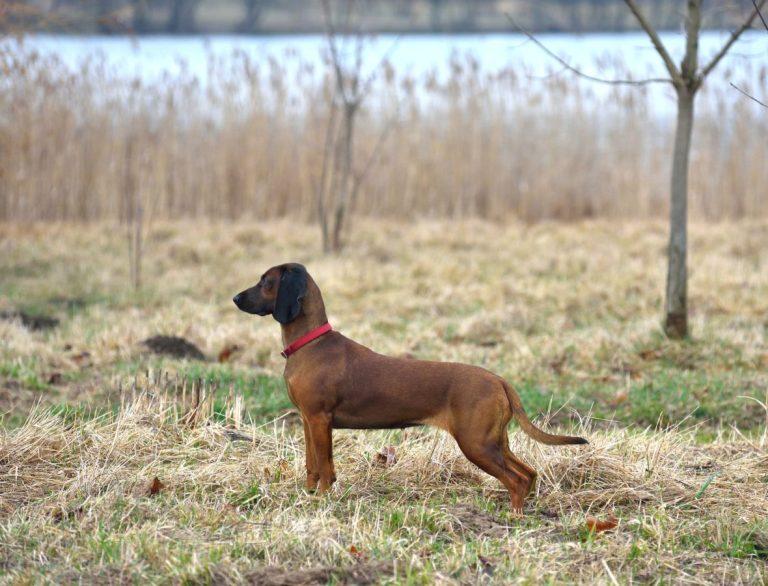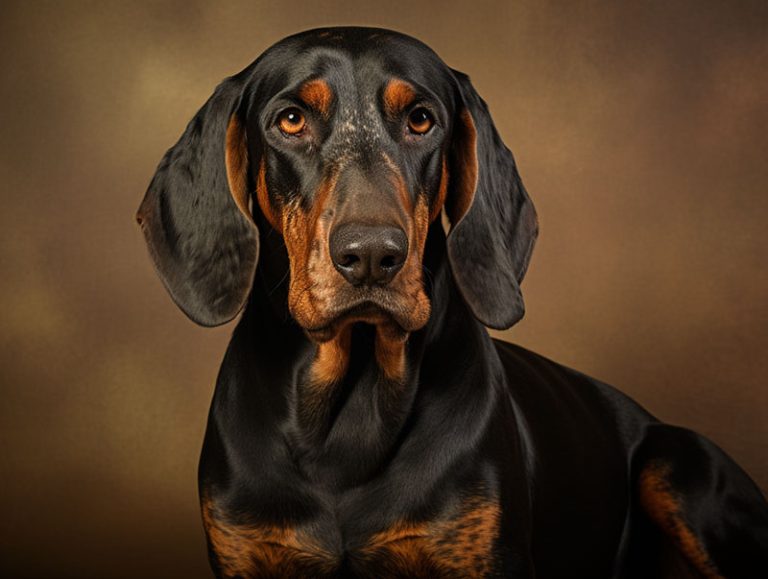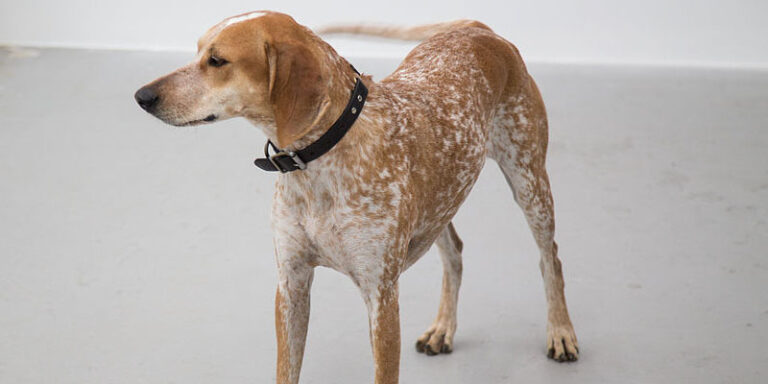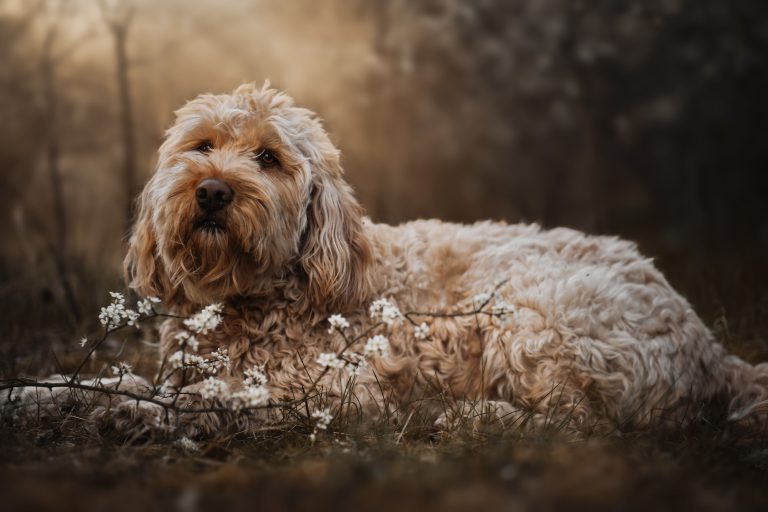Bloodhound Wins: Best In Show 2022

Trumpet, a Bloodhound, won best-in-show at the 2022 Westminster Kennel Club Dog Show. It was the first time a bloodhound won this prestigious honor in the 146-year-long history of the show.
The first Westminster Kennel Club Dog Show was on May 8, 1877. The Kentucky Derby, which started in 1875, is the only continuously held sporting event that has been around longer in the United States.
Do not be misled by the Bloodhound’s appearance or tendency to lay around the house, even though it is one of those dogs with a sluggish look. Once he detects an exciting scent, this dog is a very concentrated and active tracker. And the Bloodhound is renowned for being exceptionally independent, challenging, and maybe a little stubborn. He is one of the kindest dogs a family could own.
It has tracked people since the Middle Ages. Its keen sense of smell can detect human scents after many days. Law enforcement officers worldwide use the Bloodhound to locate escapees or missing persons.
Bloodhound Personality
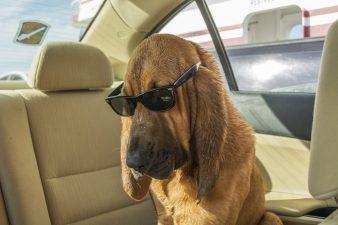 The Bloodhound is an intelligent dog breed; however, that can also mean they can be challenging to train. While their remarkable sense of smell makes them excellent tracking dogs and hunters, it can also make it challenging to focus on the task during a lesson.
The Bloodhound is an intelligent dog breed; however, that can also mean they can be challenging to train. While their remarkable sense of smell makes them excellent tracking dogs and hunters, it can also make it challenging to focus on the task during a lesson.
Many owners need patience and a variety of creative training techniques to get the best out of their Bloodhound and have a happy, well-trained pup. Fortunately, with some dedication and understanding, success is more than possible! Training your Bloodhound will not only bring you great satisfaction as an owner, it will also give your pup the understanding they need to live their best life.
The breed’s history is uncertain but has probably existed for hundreds of years. Legend has it that William the Conquerer may have brought this hound to England.
This dog can make an amiable family pet that gets along well with kids. It is a scent hound included as a member of the AKC’s Hound Group.
Taking Care of Your Bloodhound
The Bloodhound requires moderate daily exercise because of its hunting-related genetics. While on the hunt, they use their stored-up energy. When not hunting, it spends most of its time being lazy and resting in the yard. If you own one of these dogs, ensure the Bloodhound has a secure area so he cannot wander off, as they sometimes tend to do.
This dog breed requires daily grooming due to its robust facial features and deep wrinkles. Its short-haired coat typically requires only the occasional brushing and minimum maintenance. Please take additional care when washing the flaps around the eyes, gums, and ears.
The perfect indoor or outdoor pet is the Bloodhound. It also tolerates hotter climates even if it prefers cooler ones, as long as there is plenty of shade and comfortable bedding for its resting place. The dog can be a little messy, so individuals who are obsessive about keeping their homes spotless should know this.
How Much Does a Bloodhound Cost
Before bringing one home, one must consider the cost of owning a Bloodhound. Prices can vary greatly when purchasing one of these majestic dogs; depending on lines and bloodlines, they typically range anywhere from $500 up to $3000.
Plus, don’t forget about the additional costs of caring for your dog – such as vet visits, food, toys, crates, etc. Ultimately, it’s up to you how much you will spend to bring home a loyal and loving family member!
Health Issues
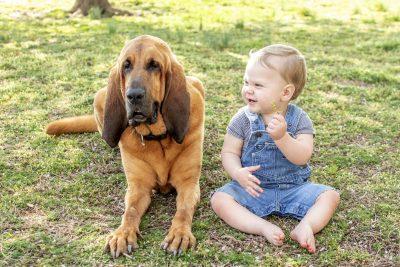 Bloodhound health issues can be a bit of a tricky subject for these lovable, loyal dogs. Generally speaking, they are susceptible to the same health conditions that affect other long-eared breeds, including ear infections and elbow dysplasia.
Bloodhound health issues can be a bit of a tricky subject for these lovable, loyal dogs. Generally speaking, they are susceptible to the same health conditions that affect other long-eared breeds, including ear infections and elbow dysplasia.
But since these canine companions have become popular in recent years, more dog owners are being encouraged to think more broadly about the health problems that may develop throughout their lifetime.
Fortunately, many of these conditions can be prevented or better managed with proper veterinary care and vigilance. For this reason, we recommend consulting your vet regularly. If you suspect any difficulties with your Bloodhound early on, taking them to receive expert advice as soon as possible is best!
These dogs are large, 23-27 inches tall, and weigh between 80 and 110 pounds. Their long ears and droopy skin give them a distinctive appearance but require attention to prevent medical issues.
The Bloodhound lives for seven to ten years, as do several other large dog breeds. CHD, stomach torsion, entropion, otitis externa, elbow dysplasia, and skin-fold dermatitis are the primary health issues in this breed. Ask your veterinarian to watch for hypothyroidism, a relatively minor problem.

